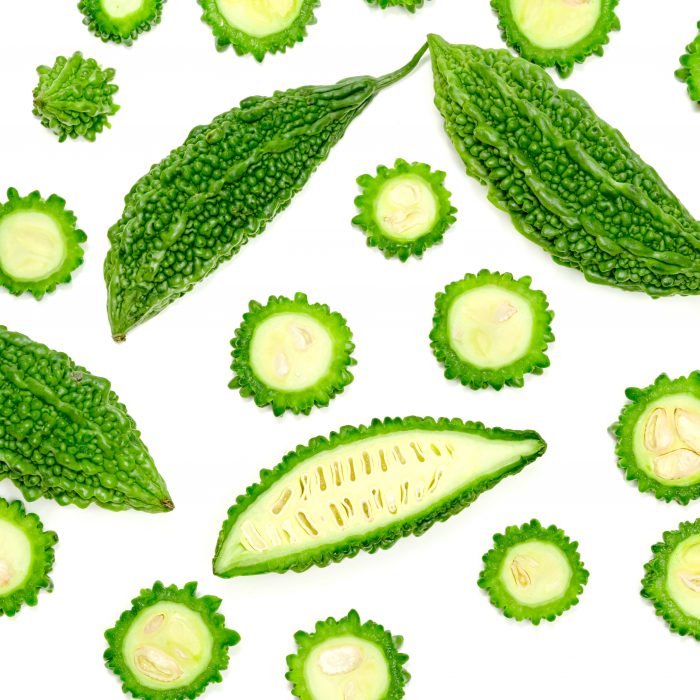
The Research: Benefits of Scents to Control Food Cravings


Recent studies have revealed the significant influence of scent on our eating behaviors. The subtle yet powerful effect of different aromas can guide food choices, curb cravings, and contribute to weight management strategies. These insight opens up new possibilities for using scent as a tool to for weight management and to foster healthier eating patterns.
Cell metabolism [Cell Metab] 2017 Jul 05; Vol. 26 (1), pp. 198-211.e5.
Olfactory inputs help coordinate food appreciation and selection, but their role in systemic physiology and energy balance is poorly understood. Here we demonstrate that mice upon conditional ablation of mature olfactory sensory neurons (OSNs) are resistant to diet-induced obesity accompanied by increased thermogenesis in brown and inguinal fat depots. Acute loss of smell perception after obesity onset not only abrogated further weight gain but also improved fat mass and insulin resistance. Reduced olfactory input stimulates sympathetic nerve activity, resulting in activation of β-adrenergic receptors on white and brown adipocytes to promote lipolysis. Conversely, conditional ablation of the IGF1 receptor in OSNs enhances olfactory performance in mice and leads to increased adiposity and insulin resistance. These findings unravel a new bidirectional function for the olfactory system in controlling energy homeostasis in response to sensory and hormonal signals.
The authors declare no conflict of interest.
Appetite [Appetite] 2012 Jun; Vol. 58 (3), pp. 1087-90. Date of Electronic Publication: 2012 Mar 09.
The present study compared the relative effectiveness of simple, commercially available food and non-food olfactory tasks on chocolate craving reduction. Chocolate cravings were induced by a series of coloured photographs and 67 undergraduate women were asked to smell one of three odours (green apple, jasmine, or water). The non-food odorant (jasmine) significantly reduced chocolate cravings relative to both the food and control odorants. Thus simple non-food odorants offer potential scope as a technique for curbing unwanted food cravings.
Appetite [Appetite] 2014 May; Vol. 76, pp. 17-22. Date of Electronic Publication: 2014 Jan 22.
Current research in psychology suggests that unconscious processes influence a significant proportion of choices and decisions. To study the impact of a non-attentively perceived odour on food choices, we used a priming paradigm. We had previously shown that non-attentively perceived fruity odours could impact food choice intentions (on a menu card), guiding participants toward items containing more fruit and/or vegetables. The present study was designed to extend these findings, in a real-life consumption setting. One hundred and fifteen participants took part in this study, and were assigned randomly to either a control or a scented condition. On arrival in the laboratory, they were seated in a waiting room. For the scented condition, they were unobtrusively exposed to a pear odour, while under the control condition the waiting room was non-odorised. Following this waiting period, all participants moved into a non-odorised test room where they were asked to choose, from dishes served buffet-style, the starter, main course and dessert that they would actually eat for lunch. The results showed that participants subjected to the scented condition chose to consume the ‘fruity’ dessert (compote) more frequently than those who had waited under the control condition, who chose more frequently the dessert without fruit (brownie). In line with the findings of our previous study, these results confirm the idea of priming effects ‘specific to the food cue’. To conclude, a non-attentively perceived fruity odour was shown to influence actual food choices, guiding individuals towards more fruity desserts. The involvement of implicit processes in food choices should be taken into account in guidelines and strategies designed to promote healthy eating.
Based on the logic of mutual competition between cravings and odours for limited-capacity resources, this study investigated whether a simple olfactory task, involving a brief odour exposure, could reduce food cravings. In support, Experiment 1 showed that smelling a neutral unfamiliar odorant reduced cravings for highly desired food items, relative to a comparison auditory task and a no-task control condition. Experiment 2 replicated these findings specifically for chocolate cravings, which can be particularly problematic. Thus olfactory stimulation offers potential scope for curbing unwanted food cravings.
The Research: Benefits of BITTER MELON Ancient Wisdom for Modern Health Challenges. Bitter melon, also known as Momordica charantia L., is a unique fruit...
You Deserve A Foot Massage. Foot massage offers a multitude of benefits for improving sleep quality and promoting a better night’s rest. It works...
Vibration Healer ☆☆☆☆☆ 4.5/5 https://studyyoga.com/wp-content/uploads/2023/05/Mira-Citron-Pvibrator-2.mp4 Soothing Vibrations Heal… Transcend into tranquility as sound therapy takes on a physical form. The Vibration Healer sends rhythmic, wave-like…
Body: Essential Oils ☆☆☆☆☆ 5/5 Nature’s Essence In A Bottle Dive into the rejuvenating world of these Essential Oils. A natural treat for your body,…
Detox foot soak ☆☆☆☆☆ 5/5 Spa-Level Self-Care At Home Treat yourself to a rejuvenating detox with just water and this Herbal Bag. Designed for simplicity…

